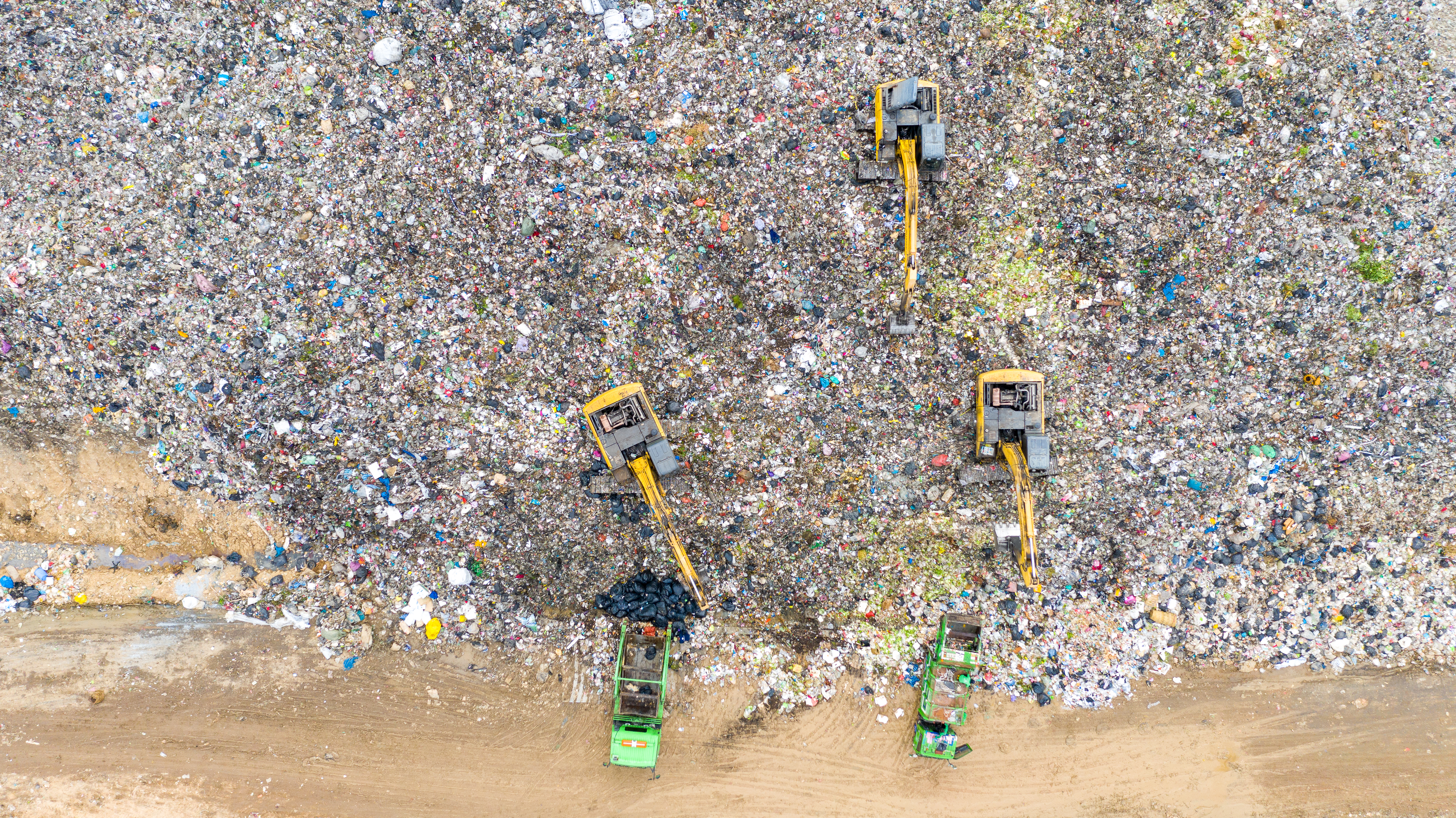Novel Plastic Pollution Modelling Program Now Available
The Breaking the Plastic Wave Pathways Tool promises to help countries identify best ways to reduce plastic flow into ocean

The numbers are almost too big to comprehend: 13 million metric tons of plastic were destined for the ocean in 2020, based on analysis from “Breaking the Plastic Wave,” a report co-written by The Pew Charitable Trusts and SYSTEMIQ. Worse, those numbers were calculated before a pandemic that almost certainly drove a rise in the use of single-use plastics, including in many face masks. And without urgent action—by governments, businesses, and citizens—the amount of plastic entering the environment annually in 2040 will be nearly double that in 2022, despite existing commitments to tackle the problem.
On the positive side, having this data empowers stakeholders to plan and implement targeted, specific action to reduce plastic waste and prevent it from reaching the ocean. An enhanced version of the modelling tool that produced these estimates—and projections on the flow of plastic, including what might leak into the ocean and onto land— is now available for free to governments and others working to understand and solve the plastic pollution problem.
University of Oxford Professor Richard Bailey, who built the data model, and The Pew Charitable Trusts have partnered with countries to pilot this tool, a downloadable program designed to run on any consumer-grade computer. Known as the Breaking the Plastic Wave Pathways Tool – or Pathways for short - the application allows governments to use their own data and run scenarios that can help them determine how to best tackle plastic pollution in their countries.
Pew collaborated with the Council of Scientific and Industrial Research (CSIR), a leading research group in South Africa, and Kashtakari Panchayat, an NGO supporting waste pickers in Pune, India. Both groups are using Pathways to model the impact of local policies and to highlight problematic areas of the plastic value chain—from production (including reducing and substituting for products) and use to end-of-life fate (including recycled, safely disposed, or mismanaged plastics). Pew looks forward to collaborating with additional countries in the future to codesign tailored solutions.
Plastic and plastic pollution are nearly ubiquitous around the world, littering beaches, blocking wastewater systems, and providing a breeding ground for disease. Our ultimate hope is that Pathways will aid governments, industry, and civil society in collaborating and putting into action the most impactful solutions to tackle the global plastic pollution problem.
To learn more about working with Pew, or for guidance on using Pathways, please contact KerriLynn Miller at [email protected].
KerriLynn Miller is an officer and Leah Segui a principal associate with The Pew Charitable Trusts’ preventing ocean plastics project.










